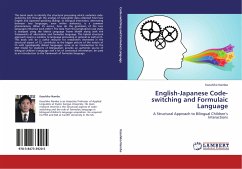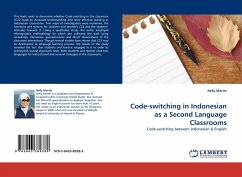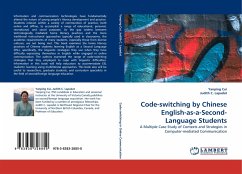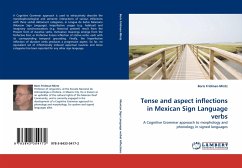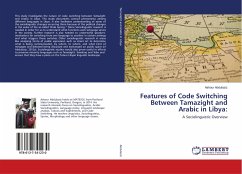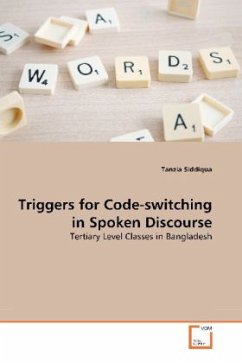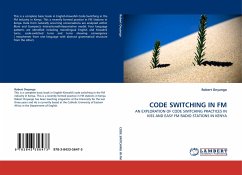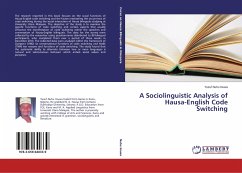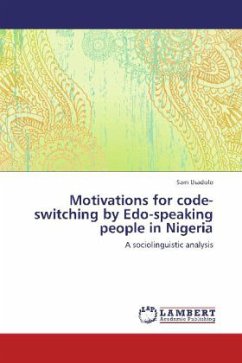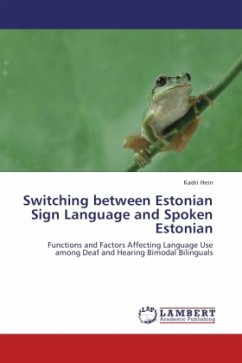
Switching between Estonian Sign Language and Spoken Estonian
Functions and Factors Affecting Language Use among Deaf and Hearing Bimodal Bilinguals
Versandkostenfrei!
Versandfertig in 6-10 Tagen
52,99 €
inkl. MwSt.

PAYBACK Punkte
26 °P sammeln!
The central research question of the present study is What factors influence switching (code-switching and code-blending) between Estonian Sign Language and spoken Estonian among bimodal bilinguals (Emmorey et al 2005, 2008; Bishop and Hicks 2005) in a school environment? Deaf and hearing students and teachers participated in the study where data were collected from lessons, guided discussions, and a picture description task. The results indicated that bimodal bilinguals predominantly code-blend, i.e. simultaneously produce speech and signs. The Matrix Language (Myers-Scotton 1997) sometimes r...
The central research question of the present study is What factors influence switching (code-switching and code-blending) between Estonian Sign Language and spoken Estonian among bimodal bilinguals (Emmorey et al 2005, 2008; Bishop and Hicks 2005) in a school environment? Deaf and hearing students and teachers participated in the study where data were collected from lessons, guided discussions, and a picture description task. The results indicated that bimodal bilinguals predominantly code-blend, i.e. simultaneously produce speech and signs. The Matrix Language (Myers-Scotton 1997) sometimes remained undetermined, as a few blends were produced with different word order in each language. The main functions of switching among the students were attracting the attention of the teacher, and emphasising a constituent in a clause, but they also switched to express themselves in an original way. In some utterances, it proved difficult to apply a single function to a switch, thus a sequential turn-by-turn analysis (Auer 1995) was employed. A deaf student s level of switching was influenced most by the hearing status of the interlocutor, and the interlocutor s amount of switching.



